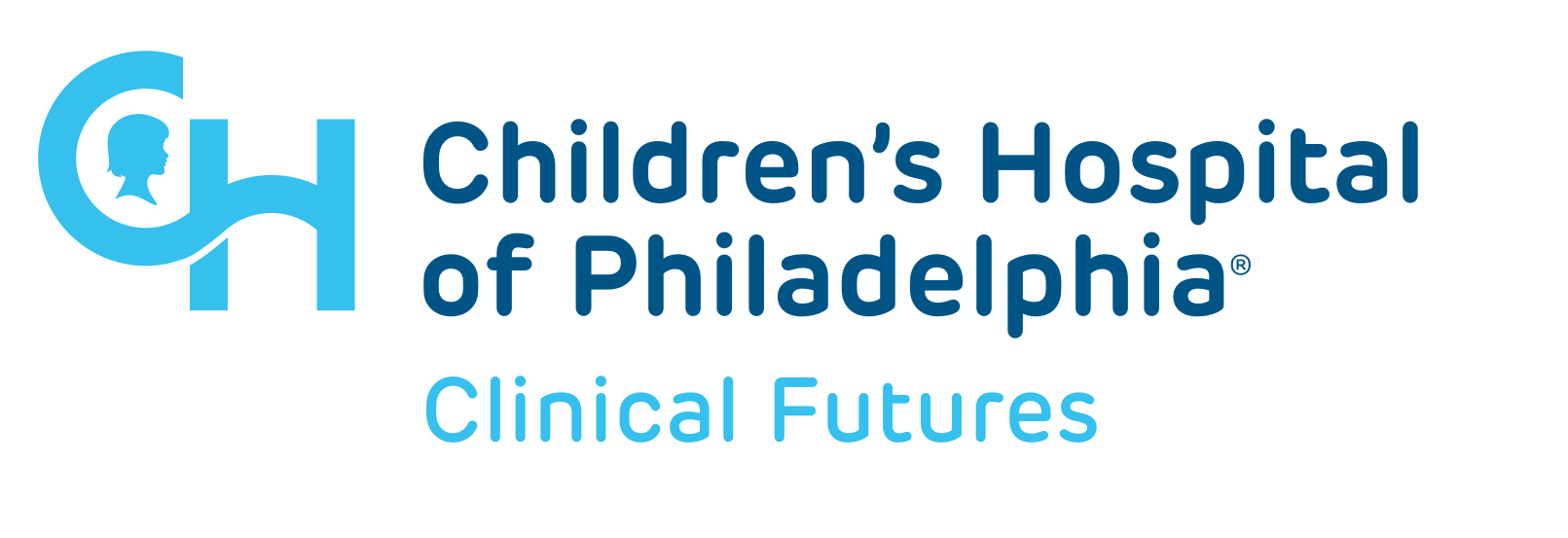Research In Practice Blog
Breadcrumb

Intro
The US healthcare system is well known to be so complex that even a small change in care delivery—like refining how a recommendation is communicated—can be challenging to achieve. In pediatric care, raising human papillomavirus (HPV) vaccination rates is a priority to prevent cancer. However, coverage levels remain sub-optimal.
A team of researchers from Clinical Futures at CHOP and ULCA previously investigated a communication intervention’s potential for reducing rates of missed opportunities (MOs) for HPV vaccination at primary care pediatric practices. In that longitudinal cluster-randomized controlled trial, online communication training successfully increased HPV vaccine series initiation at well-child visits. Given these promising findings, the research team conducted two additional studies: one investigating the cost of implementing this intervention and another exploring whether combining additional evidence-based components with the communication skills training amplifies impact on HPV vaccination.
Estimating the Cost of Implementing a Communication Training Intervention for Clinicians
Working with health economists, the research team quantified the cost of the communication training intervention so that organizations or policymakers interested in implementing it could make informed decisions. In partnership with the Pediatric Research in Office Setting (PROS) Network of the American Academy of Pediatrics, they determined the cost per practice (overall and by practice size) by factoring in both non-personnel costs and time costs for clinicians and office staff. For these practices, ranging in size from 1 to 24 clinicians, total intervention costs ranged from $370 to $6,653 per practice with an average cost of $2,003. The average incremental cost per additional HPV vaccine initiation at well-child care visits was $110. These costs are modest and compare favorably to the costs of other immunization interventions.
Increasing Impact with a Bundled Intervention
With the communication intervention shown to be cost-effective, another question the research team tackled was whether including additional components alongside communication skills increased the intervention’s impact. Experts recommend multi-component interventions because they address different vaccination barriers simultaneously, but they may be challenging to implement. The research team used a pre-post design with 24 pediatric practices from PROS to test a bundled intervention that combined online communication training, feedback to clinicians about their missed HPV vaccination opportunities, and nurse and EHR prompts for HPV vaccination.
The main findings showed that at well-child visits, missed HPV vaccination opportunities decreased (improved) for vaccine initiation visits by 4.8% points and for subsequent vaccinations by 2.2% points. At acute or chronic care visits, there were no significant changes.
Since the magnitude of the effect of this bundled intervention was similar to that in the communication-only intervention, the results raise that possibility that a bundled intervention may not be more effective than a communication intervention alone. However, it is important to consider that the communication training intervention was conducted prior to the pandemic, and the bundled intervention was conducted after the pandemic when vaccine hesitancy was greater.
Taken together, the results of these studies show that clinician-facing, electronically delivered interventions to improve HPV vaccination produce important patient benefits and a modest cost. Health systems and practices focused on increasing HPV vaccination could implement communication skills training alone or a bundled approach to drive meaningful improvements.
Actionable Insights:
- Clinical: Taken together, these studies demonstrate that interventions to improve HPV vaccination increase protection against HPV-related disease at modest cost.
- Research: Efforts are needed to understand how best to scale-up these successful interventions.
Information & Resources
- A Bundled, Practice-Based Intervention to Increase HPV Vaccination | Pediatrics | American Academy of Pediatrics- Study and Video Abstract
- Cost Analysis of a Scalable Clinician Communication Intervention to Increase HPV Vaccine Initiation- Study and Video Abstract
These studies were funded by the National Cancer Institute (NCI) of the National Institutes of Health (NIH) under award number R01CA202261 and the National Center for Advancing Translational Sciences of the NIH through the Clinical and Translational Science Awards Program (grant UL1TR001881). Additional infrastructure funding was provided by the American Academy of Pediatrics and the Health Resources and Services Administration of the US Department of Health and Human Services under UA6MC15585, National Research Network to Improve Child Health and U5DMC39344 - Pediatric Research Network Program.
Clinical Futures author(s):
Mary Kate Kelly, MPH; Robert W. Grundmeier, MD; Alexander G. Fiks MD MSCE
Additional study author(s) from Children’s Hospital of Philadelphia:
Alisa J. Stephens-Shields, PhD; Russell Localio, PhD; Chloe Hannan MS
Additional study author(s): Brayan V. Seixas BPharm PhD, Peter G Szilagyi MD MPH, Gerald F Kominski PhD
Citation:
Szilagyi PG, Fiks AG, Rand CM, Kate Kelly M, Russell Localio A, Albertin CS, Humiston SG, Grundmeier RW, Steffes J, Davis K, Shone LP, McFarland G, Abney DE, Stephens-Shields AJ. A Bundled, Practice-Based Intervention to Increase HPV Vaccination. Pediatrics. 2025 Jan 6:e2024068145. doi: 10.1542/peds.2024-068145.
and
Brayan V. Seixas, Peter G. Szilagyi, Gerald F. Kominski, Sharon G. Humiston, Alisa J. Stephens-Shields, Russell Localio, Abigail Breck, Mary Kate Kelly, Robert W. Grundmeier, Christina S. Albertin, Laura P. Shone, Jennifer Steffes, Cynthia M. Rand, Chloe Hannan, Dianna E. Abney, Greta McFarland, Srikanth Kadiyala, Alexander G. Fiks; Cost Analysis of a Scalable Clinician Communication Intervention to Increase HPV Vaccine Initiation. Pediatrics 2025; e2024066742. 10.1542/peds.2024-066742
